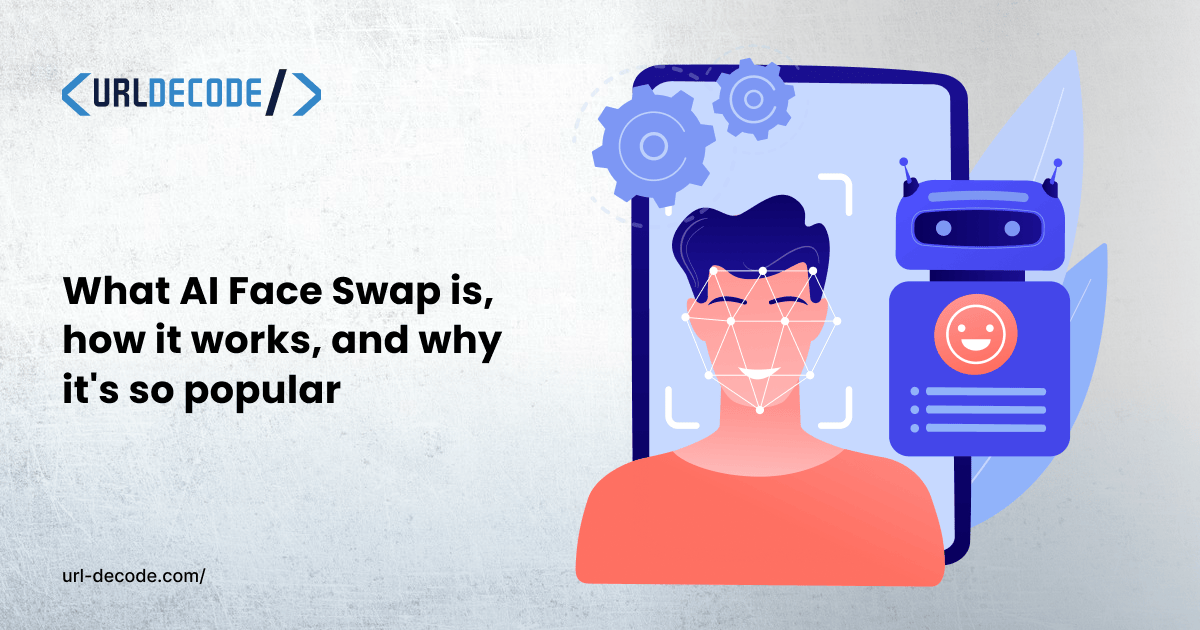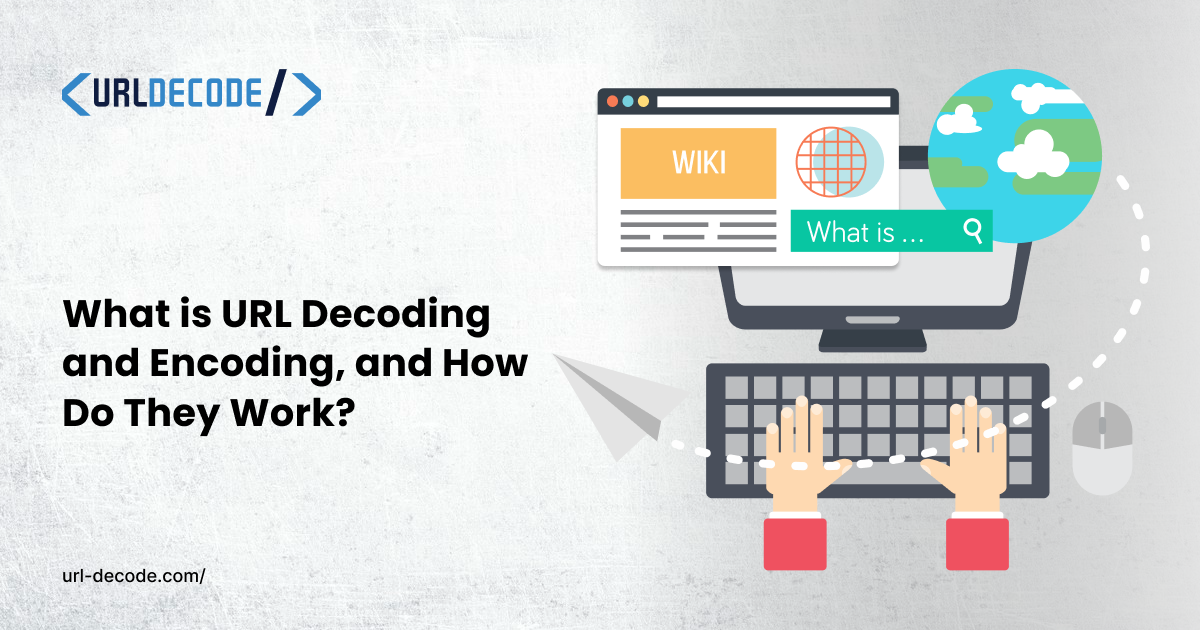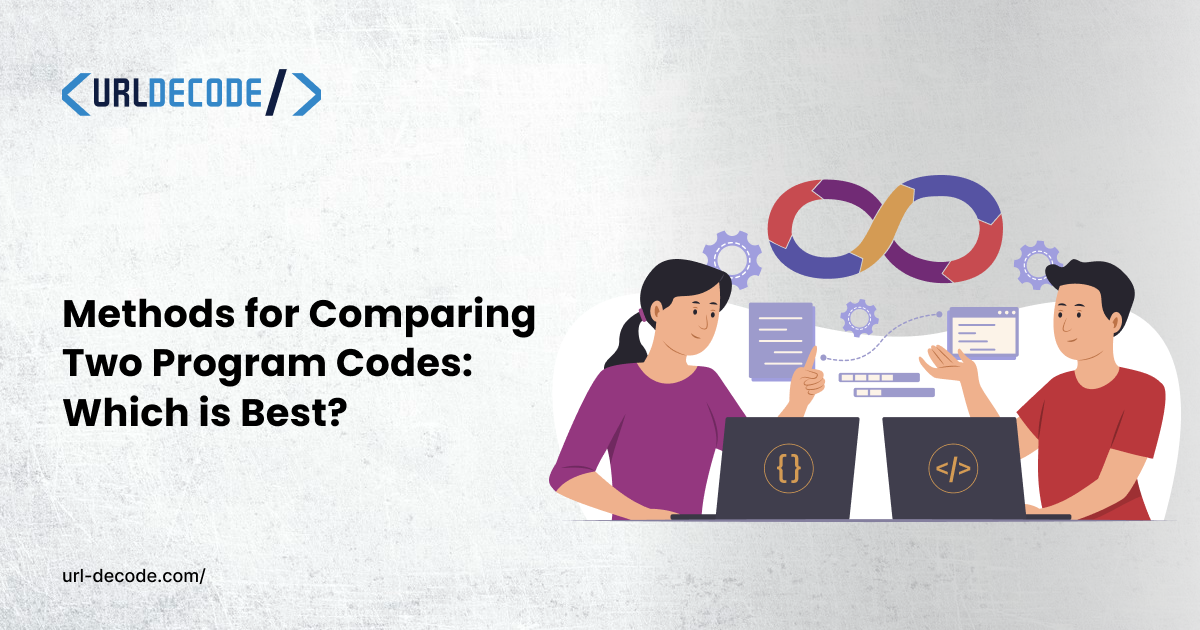What AI Face Swap is, how it works, and why it's so popular

Have you ever seen a film where one person's face is so smoothly replaced with another's that it looks real? That's what AI face swap is all about. It's become quite popular on social media, in movies, and even in fun apps that people use every day.
AI face swap uses advanced technology to look at faces, copy their expressions, and then switch one face for another. The remarkable thing is its realism--you might require a second glance to detect the edit.
A lot of people like AI face swap. Some people use it for fun and entertainment, others for creative projects, while pros utilize it in movies and ads. Its popularity has grown since it is both fun and useful.
What does AI Face Swap mean?
AI face-swapping technology uses AI to change the facial features of one person in a picture or video to those of another person. AI face swap conducts the job automatically, unlike traditional approaches that take time and effort. It identifies facial features like the eyes, nose, and mouth, then merges them to generate a realistic image.
This method uses machine learning, which is taught on a lot of pictures of faces. It learns how to layer one face on top of another while keeping elements like lighting, shadows, and expressions seeming real.
AI face swap tools are so good right now that they can function in real time and reveal results right away on your phone. They also save small characteristics like wrinkles, freckles, and facial expressions during the switch.
How Does AI Face Swap Work?
AI face swapping is quick, but there are a few important steps that need to be followed to make sure the result looks real and smooth:
1. Finding and Aligning Faces
The system first finds the faces in the picture or video. The AI then concentrates on facial landmarks: the eyes, nose, mouth, brows, and head outline.
This approach lets the AI construct a full picture of each face. It also makes sure that the faces are lined up appropriately, so the exchange happens at the right angle and position.
2. Getting Features
After that, the AI gathers a lot of information about the target face and the substitute face. This means that the AI will look at things like skin texture, color, light, and shadows, as well as face expressions. This thoroughness enables the AI to align the two faces as accurately as it can.
3. Processing using Neural Networks
The AI uses a neural network, which often includes Generative Adversarial Networks (GANs), after it has all the details. These neural networks have learned how real faces look and act by looking at a lot of them.
4. Blending and Rendering
The last step is to add the new face to the picture or video in a way that seems natural. The AI then alters the hue, skin tone, lighting, and shadows to make sure that both faces look like they belong together.
The process also fixes any differences in head position or looks to make the switch look real. The result is a face swap that looks real and seamless.
Why is AI Face Swap so popular?
There are a lot of reasons why AI face swap technology is popular in today's digital world:
Quick and Simple to Use
People like AI face swaps because they are quick and easy. The AI quickly switches faces after you upload an image or video. You don't need to know how to use complicated software or take pictures.
Results that are really real
This AI specializes in correctly blending skin tones, managing light, and replicating facial cues, ensuring the created face appears authentic. As a result, users may make polished and real films and pictures, which is something that both content creators and regular users like.
Available to Everyone and Free
Lipsync AI and many more face swap programs are free or easy to use. People can try them out on their phones or PCs without paying anything or having to install big programs. Millions of people throughout the world like face swapping since it is so easy to do.
Many Different Uses
People utilize face swapping for fun, social media, and art. Companies integrate it into advertising to display various faces without needing a new video. Filmmakers employ AI for swift face alterations in visual effects.
Boosts Creativity and Engagement
Changing faces gives you endless ways to mix and match faces, appearances, and styles, which enhances creativity. This freedom of expression leads to unique and interesting information that spreads quickly on social media, which makes the technology more appealing.
No Need for Hard Skills
Before AI, face shifting took a lot of effort and skill. But now, AI does the hard work on its own. It's easy and quick for anyone with a smartphone or computer to change faces.
Examples of AI Face Swap
Some common ways that people employ face swapping are:
1. Funny Memes and Social Media Posts
A primary application of face swap involves making hilarious memes and video content. People switch faces with famous people, friends, or movie characters for fun or funny content. There are a number of face swap videos on social media platforms like Instagram, TikTok, and Twitter that grab viewers and encourage sharing.
2. The Film and Entertainment Industry
Filmmakers use AI to swap faces in order to save time and money on production. This approach allows for regenerating performers, developing digital stand-ins for stunts, or inserting departed actors in new films. Compared to conventional procedures, it streamlines and minimizes the cost of special effects.
3. Content that is both educational and historical
Face swap pictures are used by teachers and historians to make learning more interesting. They can use interesting images to help students understand by showing how historical characters would have looked or recreating historical events.
4. Marketing and Advertising
Different brands use AI face swap in their ads to get people's attention and get them to interact with the company. Face swaps make advertising more interesting by showing products with different faces or by including celebrities to get fans interested, which helps sell things.
5. Video Games and Virtual Avatars
Face swap technology helps create avatars that look like players or their favorite characters in games. This makes the games more personal and fun because players can become their own characters or trade faces with other characters.
These well-known apps show how AI face swap may be used in many different ways, including for fun, learning, advertising, and entertainment.
Final Thoughts
Face swap technology powered by AI is getting better quickly and is becoming both more advanced and easier to use. It can be fun and creative, but it's important to utilize it in a moral and responsible way.
Understanding the workings and impact of this innovation enables better-informed usage. It's helpful to know what face swaps can and can't do, whether you're making them for fun or seeing them in the media.
In the future, the focus should be on using it responsibly while keeping the fun and creative parts. modern means pushing for rules to stop abuse, teaching people about digital tools, and talking about the moral limits of modern technology.




